Habitat Banking for Bats

arst is known for being festooned with caves since the bedrock erodes and creates caves, sinkholes, and other natural features. In Colombia’s Karst Corridor of Eastern Antioquia (CoKOA), these features provide excellent habitats for bats. Scientists have found more than 66 caves in this region with at least 55 known bat species, including the Endangered Antioquian sac-winged bat (Saccopteryx antioquensis). The intricate interplay between the geological features and the winged residents they host led to RELCOM recognizing the area’s significance in 2019. Designated as an Area of Importance for the Conservation of Bats (AICOMs), the Karst Corridor shows how these habitats are irreplaceable for bat conservation.
Fifty-five bat species sounds like a lot—and it is—and these bats are a diverse group. “The 55 bat species include an array of different feeding groups,” says Bat Conservation International (BCI) Regional Director for Latin America and Caribbean Initiatives Dr. Melquisedec Gamba-Rios. “That includes nectarivorous, frugivorous, insectivorous and carnivorous bats, and that area even has one species of fishing bats and vampire bats. It’s an array of all the feeding groups.”
To protect these bats, BCI and partners are working toward landscape-level protection to preserve critical habitats to give the bats the best chance of survival. This fall, BCI is kicking off a campaign to help protect these bats using habitat banks, an innovative strategy involving government agencies working with nonprofits and businesses to preserve tracts of land for decades at a time. The CoKOA region (Corredor Kárstico del Oriente Antioqueño in Spanish) includes more than just natural areas. It also includes urban centers, agricultural areas, and large-scale mining projects.
—Leidy López Sepúlveda
An ellusive species
The genus and family group associated with the species are very social bats, and Dr. Gamba-Rios says males have harems with multiple females. “The male is a romantic guy; he sings to the females to obtain cohesion of the group,” he says. The bats use their wing sac to release pheromones while the males fly by and sing to multiple females, marking the group with pheromones to help keep them together. Dr. Gamba-Rios says these bats have a very interesting social system and structure, and it’s important to preserve the species to learn more. “Right now, we have an incredible opportunity to make a difference for the species and make sure we don’t lose all of that incredible behavior that this group has.”
Habitat loss is a pressing concern for bats in the CoKOA region. It contains more than 95 mining concessions, driven by demand for limestone and marble. Mining can cause irreversible damage to vital habitats, water systems, and iconic karst formations, and timber and cattle farming can compound these effects.
Biologist Leidy López Sepúlveda, who was part of the team that rediscovered the Antioquian sac-winged bat, says of the CoKOA region: “This area is seriously threatened due to large-scale mining of limestone and marble, as well as other minerals and other human activities. The ecosystem has numerous caves and caverns that provide an ideal habitat for bats since they offer environmental conditions of temperature and humidity that favor their presence.” She says the area represents a well-preserved relic of the tropical humid forest typical of the Magdalena River Valley.

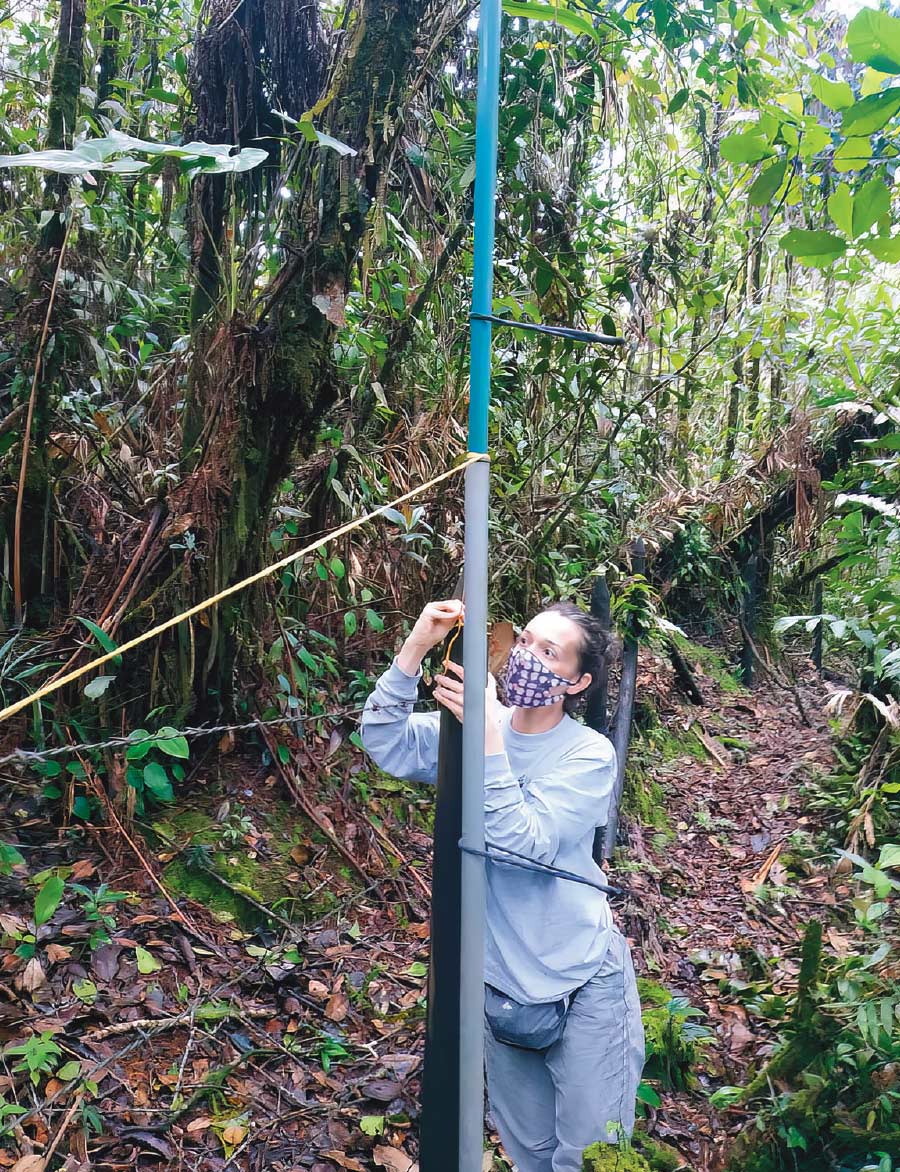
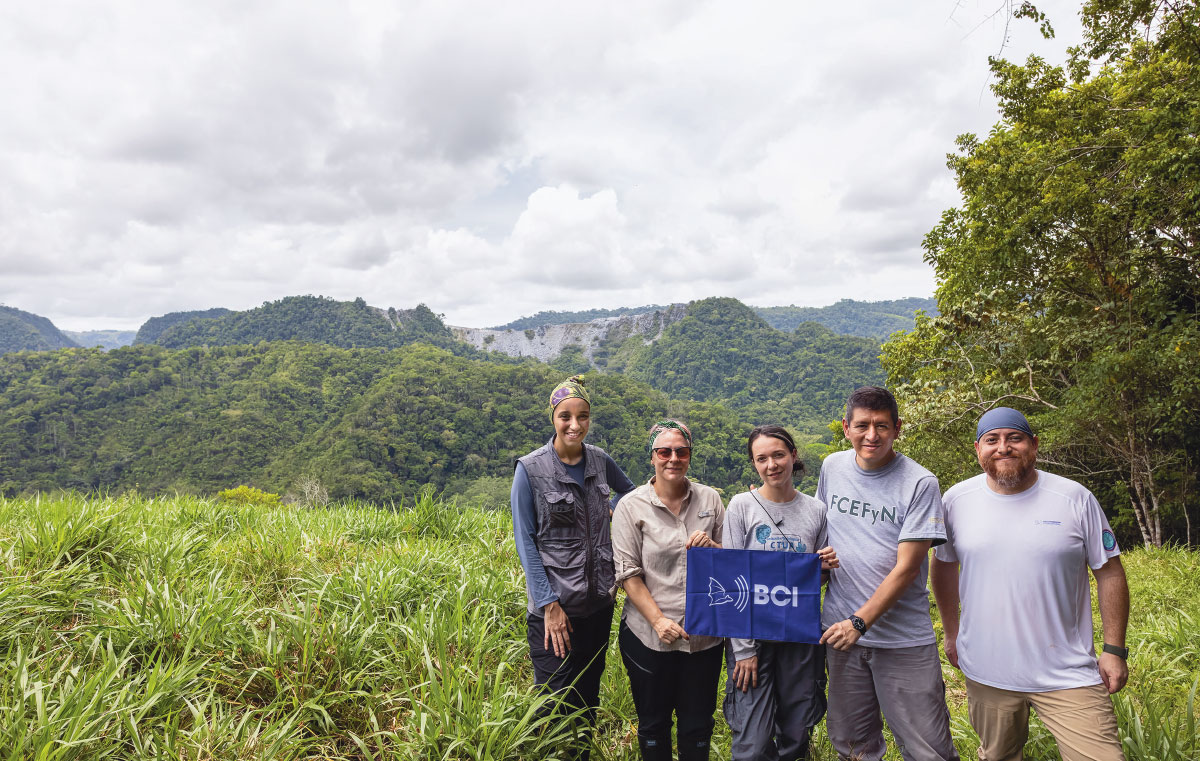
First habitat bank for bats in Latin America
“Habitat banks are an essential tool for biodiversity conservation, providing a comprehensive and effective approach to safeguard bats and other vulnerable species,” says Diana Cardona, Research Associate at Cuántico- Global Eco Services and co-coordinator of the Program for the Conservation of Bats in Colombia (PCMCo). “By encouraging private sector investment in habitat preservation, habitat banks ensure a net gain in biodiversity and significantly contribute to the well-being of our global ecosystem.”
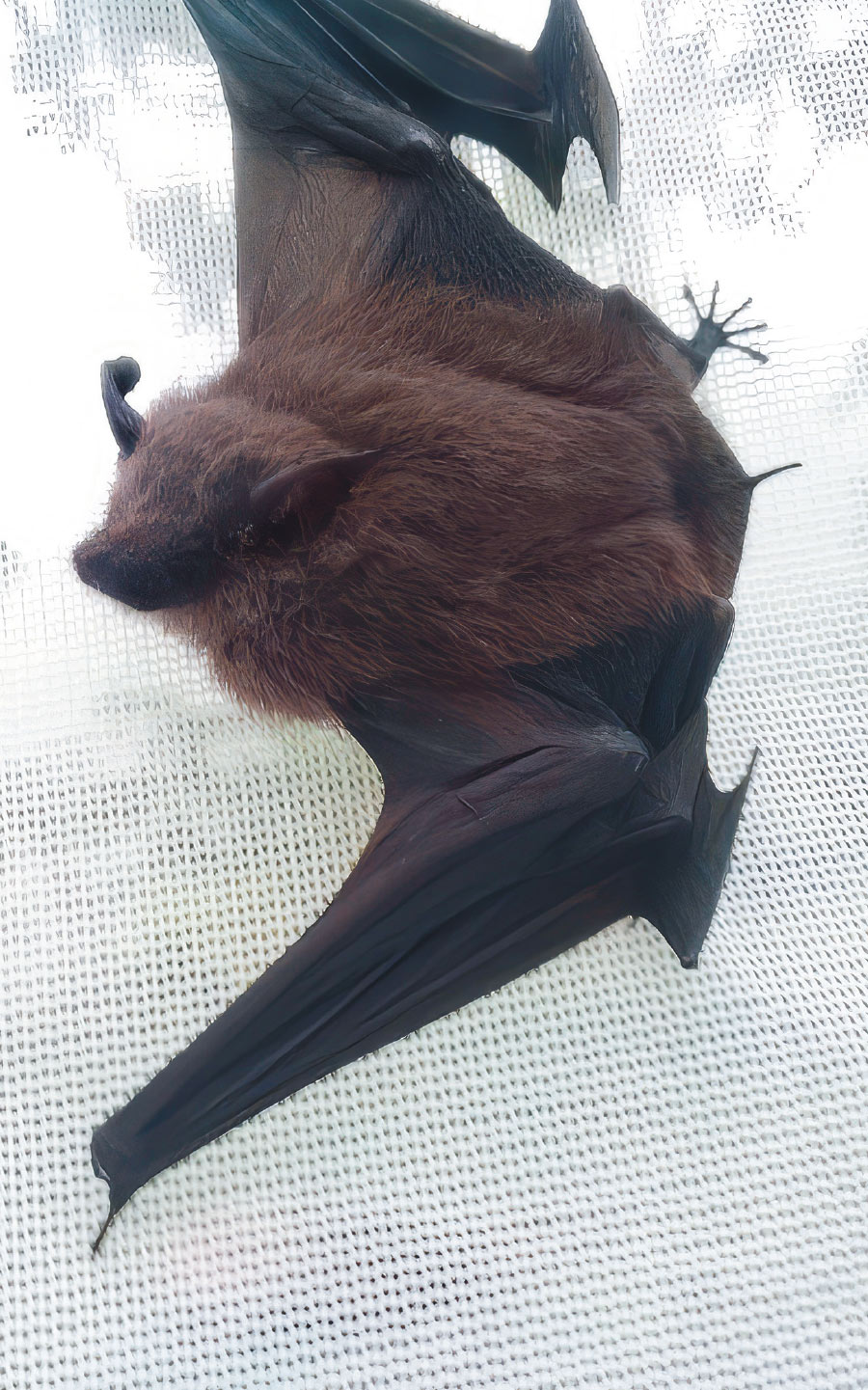
Endangered Antioquian Sac-winged Bat in Need of Protection
The insectivorous species is associated with a genus and family group that are very social, and scientists believe males use a wing sac to release pheromones and sing to multiple females, ultimately forming a harem. It also is unique in that it lacks the wavy white back stripes that other species in the genus have, making it easier to distinguish it from other species. Hopefully protecting this bat will help preserve its unique characteristics and behaviors so they can learn more about it.
Dr. Sergio Solari, a professor at Colombia’s Universidad de Antioquia, points out that focusing on rich habitats likely to have greater bat diversity is key. “We are trying to focus on those areas with a concentration of three to five caves, small ones or large ones, where the rivers are still running clean, the landscape hasn’t changed, and minimal exploitation of materials from caves is underway. We should expect higher diversity of bats in these areas.”
The steps include a thorough analysis that evaluates everything from potential biodiversity gains to regulatory feasibility. Collaborating with stakeholders is also key, including identifying landowners in prioritized areas interested in participating. Contractual agreements and management plans are then established, prioritizing local governance and biodiversity enhancement monitoring. The next phase includes habitat bank creation, which involves officially registering with the government and attracting companies and individuals interested in participating. Many companies are required to purchase credits to offset their environmental impact, though any business or individual can voluntarily purchase credits to help protect biodiversity.
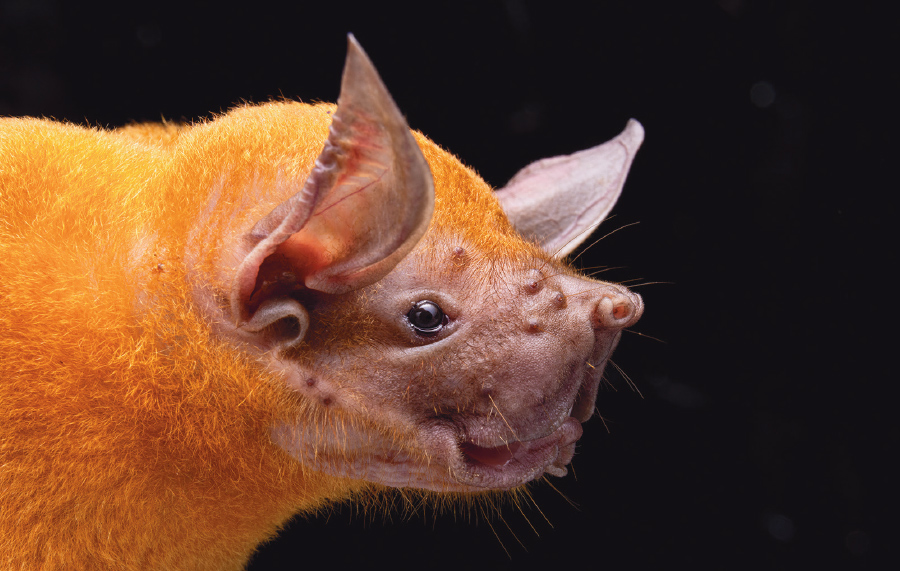
—Dr. Melquisedec Gamba-Rios
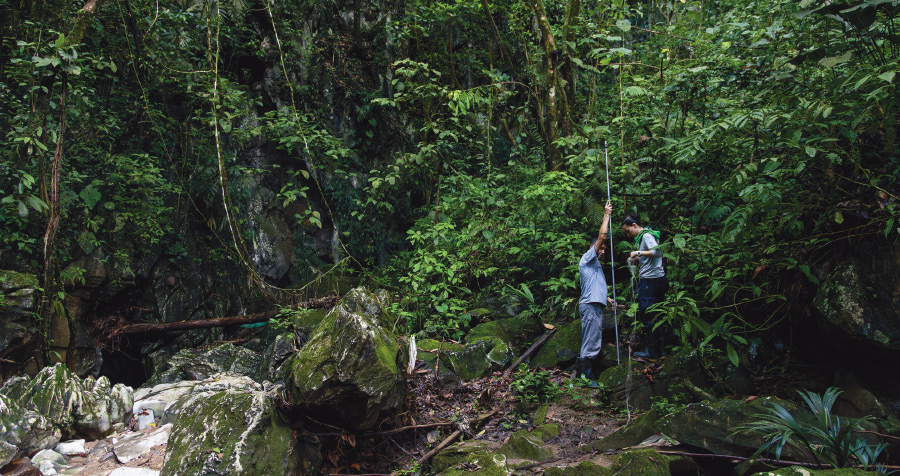

“It’s impossible to protect everything, so the plan in the first phases is to identify which areas are a priority and who owns which area,” Dr. Gamba-Rios says. He explains that after identifying key areas and landowners, they will work with the community and landowners, host workshops, and collaborate to protect habitat and people’s livelihoods.
“It is very gratifying that my work contributes to improving the knowledge and conservation of the bats that inhabit this region,” López Sepúlveda says.
This project is only one of BCI’s efforts to protect bats in Latin America, and BCI’s fall appeal asks supporters to help fund the project as a key part of these efforts. BCI is also working on projects in Mexico and Brazil and hopes to launch new initiatives in other countries in the coming years.